Running Injuries
There is an incredibly high chance that you will incur running injuries in your quest of finishing a marathon.
Some will be more serious than others. Some will hinder you from running at all. Some will only be minor annoyances. Which ones do you need to be worried about?
On this page, let's talk about:
- how to know if you have a running injury
- common symptoms of injuries
- Top 10 reasons you have a running injury
- what you should do if you think you have one and
- specific running injuries that you might be experiencing
Let's get started!
How do You Know if You Have a Running Injury?
It can be confusing to tell the difference between an ache which will soon leave and a full on running injury.
Aches that come from runs, (especially those grueling long runs) are your weak tissues that are breaking down to form stronger ones.
As your running career continues you will be able to make better judgments on whether you have an ache or an injury.
Injuries will show themselves in various ways. Let's talk about some of the symptoms that they use to exhibit themselves.
Common symptoms of running injuries:
You are having trouble running in your natural way.
If something is causing you to run in a funny way you probably shouldn’t be running at all. Give yourself a break or depending on how serious you assess it to be, see a doctor.
2. You are still experiencing pain after a week.
This is definitely not just an ache but is very probably some form of running injury.
3. Swollen joints are tell-tale signs of an injury.
A good idea is to compare your swollen joint to other related joints. (e.g. knee joint to knee joint)
4. It is painful to run.
If it is merely annoying to run it is possibly not an injury. When running though don’t take the motto, “No pain, no gain” very seriously. Don’t run if it is painful you may be increasing your chances of a serious injury!
5. The pain is only increasing and not diminishing as a normal ache would you should probably take some care and rest.
If you still aren’t sure if you have a running injury you should definitely consult a physician. You don’t want to mess yourself up and have to cut running from your life!
How to be proactive in avoiding running injuries
1. Never run in pain!
If you are experiencing any sort of pain throughout your body, stop, walk, and wait to see if it leaves. If it doesn’t, rest really is best to avoid a full on injury.
This can be hard but even taking a day or two off from running can make all the difference in whether you are able to pick back up where you left off.
(Note: there is a difference between aches and pains. There is a difference between the pain of pushing through (mental and physical weariness) and the pain that is telling you that something is wrong.)
2. Stay well hydrated.
Always. This is another very important and effective way to avoid injury. Always make it a priority to stay hydrated but especially before a long run.
Dehydration is at the root of so many injuries and can exacerbate an injury. Staying hydrated can make a huge difference on your performance and staying healthy!
3. Make sure your shoes fit well and are comfortable!
Not all running shoes are created equal. Just because it's labeled a "running shoe" doesn't mean that it's a good fit for you. (pun intended)
Here's a guide to the best running shoes for distance runners.
4. Don't run too much, too soon.
Many beginner runners or even runners who are getting back into race training or coming back after an injury or a break from running, suffer from shin splints as their body is not adapted to the high impact that running brings with it.
Be careful how much you are running during this sensitive time!
5. Run on softer surfaces.
It reduces the amount of impact that is placed on your body and which can dramatically reduce your chances of incurring running injuries. Think treadmill, track, or even just on the grass.
If you need a treadmill, here are the best treadmills on a budget!
Top 10 Most Common Reasons You Have a Running Injury:
1. Dehydration is a huge contributing factor when it comes to running injuries.
Lack of fluids will cause cells to break down and take longer to recover.
2. Increasing mileage per week too quickly.
You should really only be increasing your longest run by about 2-3 miles per week.
Adding too many miles to your longest run is a prime reason for injury if your body is just not ready for it.
3. Your longest run during the week is not proportional to your weekly mileage.
A good rule of thumb to go by is to never let your long run be more than half of your totally weekly mileage. Keep a balance and you will be better able to avoid injuries.
4. Not resting enough especially after long runs (you should be giving yourself at least one easy day after a long run).
Also incorporate at least 1-2 days where you do some non-running activity which will help you recover and gain strength.
5. Pushing yourself too hard.
It is good incorporate hard workouts into your routine but know your limits! Too much of anything is never a good thing. Be aware of the signs of overtraining.
6. Adding speed workouts before you are ready.
Speed exercises are highly fatiguing and lead to a breakdown in cells.
If you haven’t set a base for your speed workouts then you are setting yourself up for injury.
You also should only be doing at the most 1-2 sessions of speed workouts per week since they are highly stressful on your body.
Here's my guide to speed training as distance runner.
7. Not inculding a running warmup or not performing a proper warm-up.
You should begin by running easy for at least 5 minutes before doing any kind of stretching. (Here's my 4 favorite stretches for runners + dynamic stretches for warming up!)
Never jump into a workout, especially a speed workout without warming up your muscles. It is a sure recipe for disaster!
8. Wearing poor fitting running shoes, or shoes with too many miles on them.
This a major factor in running injuries and can make you particularly prone to developing Achilles tendonitis and plantar fasciitis.
Here are the best running shoes for Achilles Tendonitis.
9. Not listening to your body.
It is fine to ignore or try to take your mind off of a blister or some other annoyance but don’t push hard when your body is feeling too sore or fatigued.
Rest it out.
10. Beginning to exercise to soon after suffering from running injuries.
Allow yourself time to recover.
If you don’t give yourself enough to catch up and begin running too soon you could very well develop a long-lasting serious problem which will keep you on the couch far longer than you would ever want.
Becoming aware of what causes running injuries will save you from days or months of frustration from injuries.
If however you are suffering are have suffered from running injuries, whether serious or not, you will probably be more motivated to take preventive measures to avoid injuries which is actually a benefit to becoming injured.
What should you do if you think you may have a running injury?
The most important and healthy thing that you can do for your body if you think you may have a running injury is to REST!
Here are some other steps you should take to treat your running injury:
1. Don’t run for at least a day and rest for more if need be.
If you insist on running with an injury you are really only damaging yourself more as running tends to aggravate the problem and increase the length of time that you are forced to rest.
2. See a Doctor.
Every injury needs to be treated specifically and with care. If you are having ongoing/increasing pain you need to get professional help.
Without proper treatment you could very well end up with some long lasting problems.
3. Talk with other runners.
Runners tend to injure the same bones, muscles, tendons, particularly the knees, shins, Achilles tendon, heel, etc. Oftentimes they have had these areas treated and know what it takes to get on the right track again so listen up!
4. If you are experiencing swelling then you should wrap the area. This will add compression to the area which will reduce the swelling.
Just be sure not to wrap it too tightly or your circulation will be cut off and you will have even more pain. If the area is throbbing or is discolored you know you have wrapped it too tight.
Wrapping it will stop blood (if there is any) from building up which will leave scar tissue.
5. Ice your running injuries to minimize inflammation and keep your blood flowing.
6. Elevate your running injury so that it is up higher than your head.
This will help to get rid of blood from the injury and deliver fresh blood to the injured area. This will help you to heal faster.
7. Pop pills.
Take vitamin C which will help the healing process go faster. Aspirin reduces inflammation and kills the pain.
8. Healing Foods.
The Mother Runner's Blog has an awesome article on Healing Foods: What Foods Help Heal Injuries that can be used to help you eat the right foods while recovering from an injury.
Eating the right anti-inflammatory foods can also help you recover quicker and not be as susceptible to injury.
When are You Ready to Run Again?
You shouldn't jump back into running where you left off before any running injuries. This could very well cause you to get another injury so take it easy.
Do at least one “easy” week of running before resuming your training schedule although more than one week of easy running is better.
If you have done alternative exercises (e.g. swimming in place of running) while you were injured you will be more ready to pick up where you left off but still be conscious of your body and give it at least a week to ease back into your routine.
If you begin to have pain where your injury was you should back off and rest for a couple more days.
Don’t push yourself over the limit…you really can end up with some serious lasting injuries.
Always keep in mind that the best thing you can do for yourself when experiencing any running injuries is rest!
The Most Common Running Injuries Breakdown Guide
The Achilles Tendon is the tendon that connects your heel to your calf muscles. It is the second site where runners are the most prone to injury.
This is usually made known by a sharp or burning pain which is enhanced when running. It is often due to poor leg biomechanics (not moving yourself effeciently i.e. running economy).
This injury can be felt in the heel of your foot. The heel is highly susceptible to injury as so much force and impact is placed on it with each step that we run.
The knee is the most vulnerable joint for a runner. Don’t push yourself when it comes to knee pain!
An injury in the shins can be extremely painful if you continue to run through it. Most however would choose to rest it rather than taking the pain that it brings during a run. Make sure you take proper care.
Stress fractures are quite common in runners as we are constantly placing loads of stress on our legs with each step that we take.
We've all experienced muscle soreness in varying degrees. There are techniques you can use to reduce the amount and intensity of your soreness.
As a long distance runner your toes take a beating especially if you have them in undesirable conditions. Most of the time it will take time and patience to heal these!
Usually plagues males but is caused by friction and sweat. Here are some tips to help!
Hip Bursitis
This is commonly thought to be a problem with the iliotibial band but really it is just the inflammation of the bursa sack in your hip. It is an overuse injury due to the repetitive nature of running.
Pulled Hip Muscles/Tendonitis
These injuries are extremely common hip injuries and are often due to accelerating too fast, trying to slow down or stop yourself suddenly, running down a hill too fast, or changing direction suddenly. If you find yourself with a muscle strain remember the R.I.C.E. acronym - R: Relax, I: Ice, C: Compress, E: Elevate
Snapping Hip Syndrome
This is typically not a serious condition and is caused by tight connective tissues that are out of place and trying to pass over the hip bones in the wrong way.
Keep in mind that for most of these injuries rest is the best healer!
Are you just coming back after recovering from a running injury? Lisa from the blog Mile by Mile has an article that includes 7 tips for returning to running after an injury.
Pages Related to Running Injuries:
I'd Love to stay in touch!
Join 23,000+ Other runners and receive my weekly training newsletter!
I'll send you my free 24 Hour Timeline Checklist of Things You Should Do After a Long Run when you sign up!
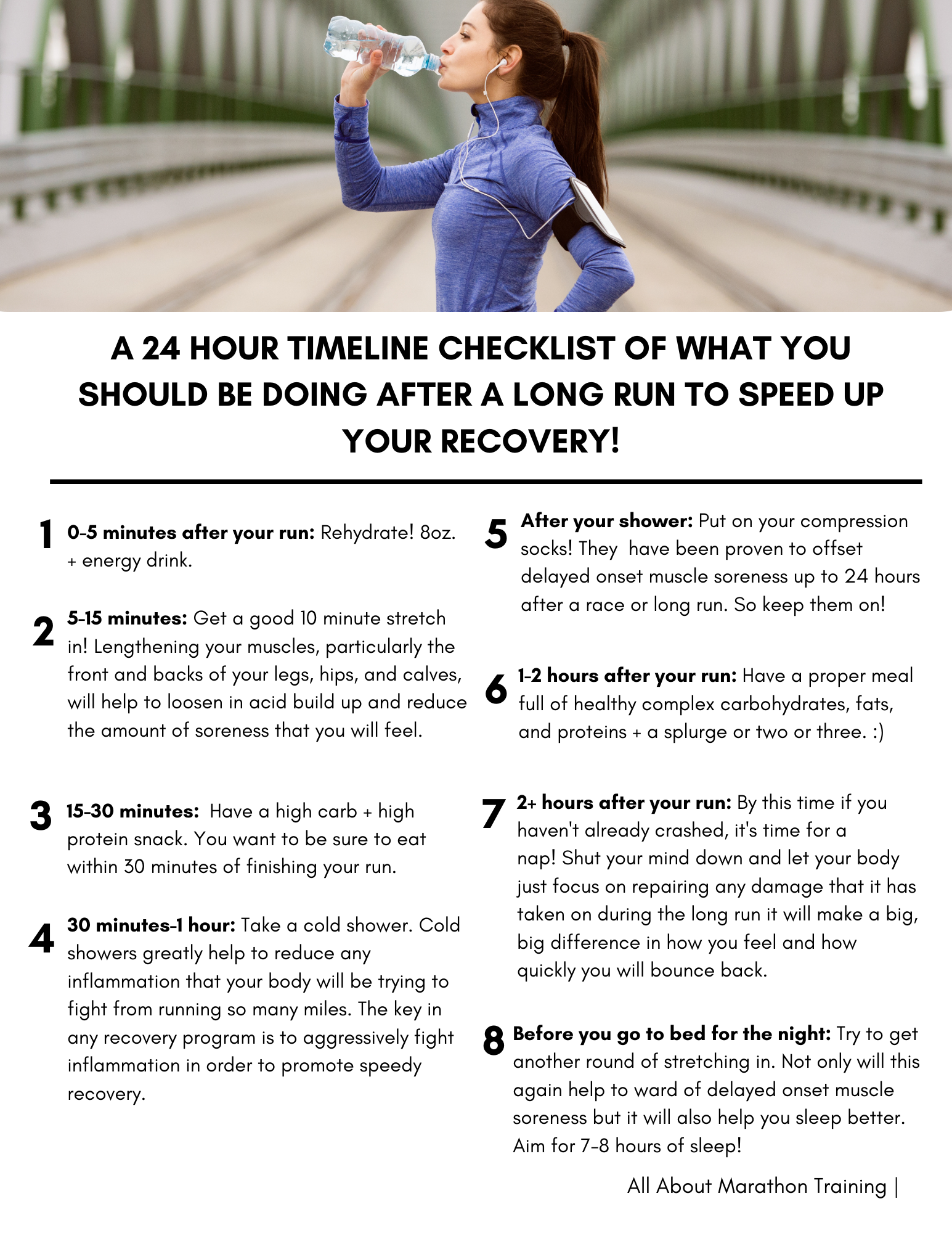
As featured on:

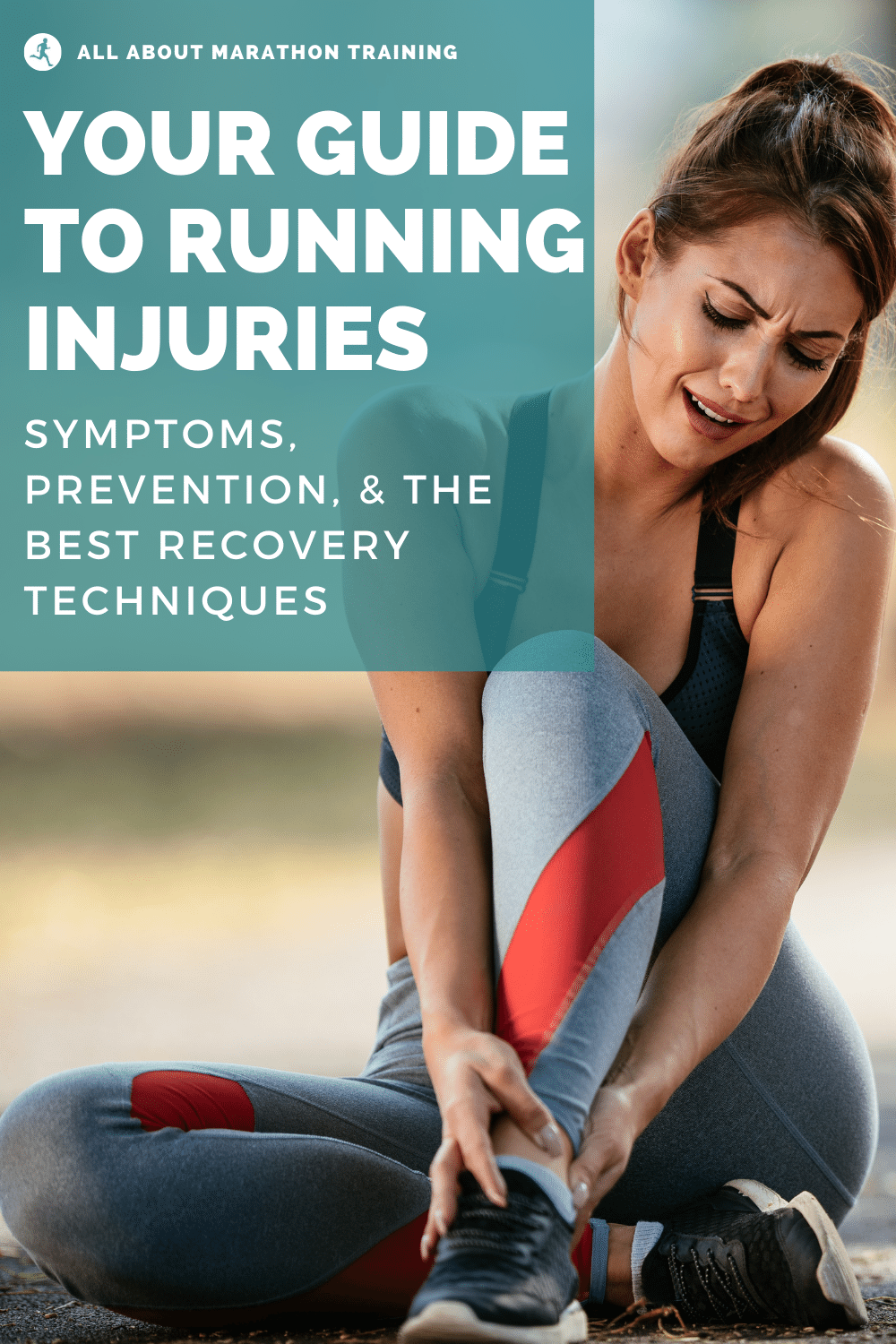
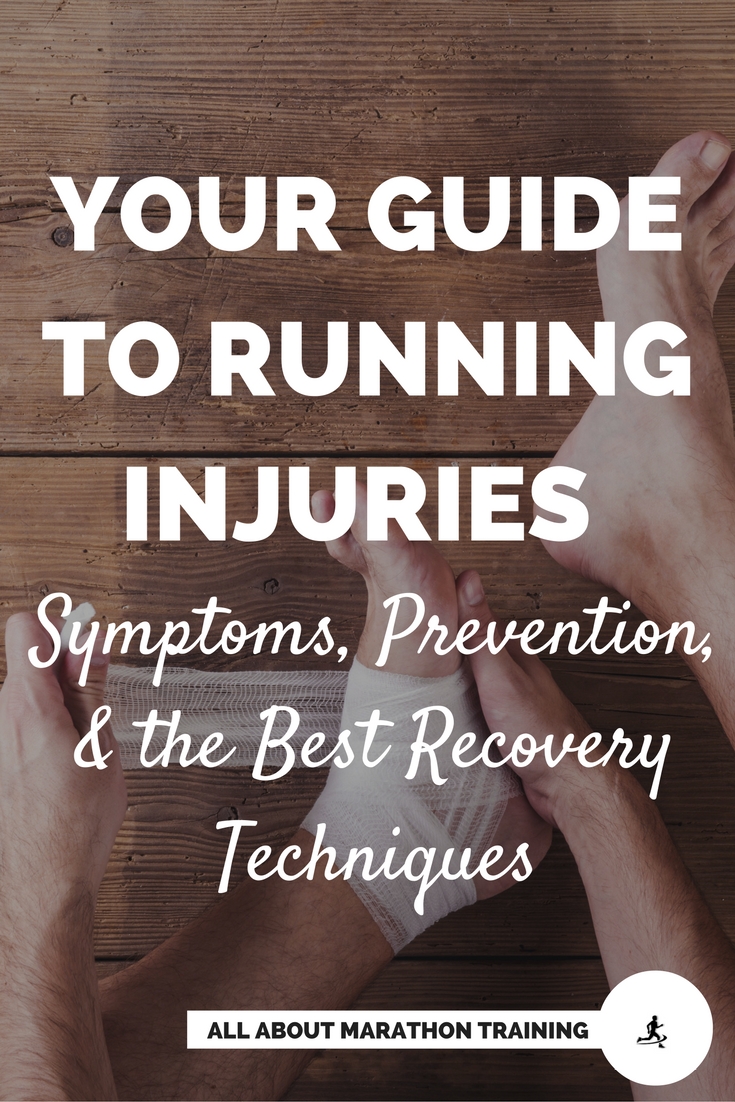
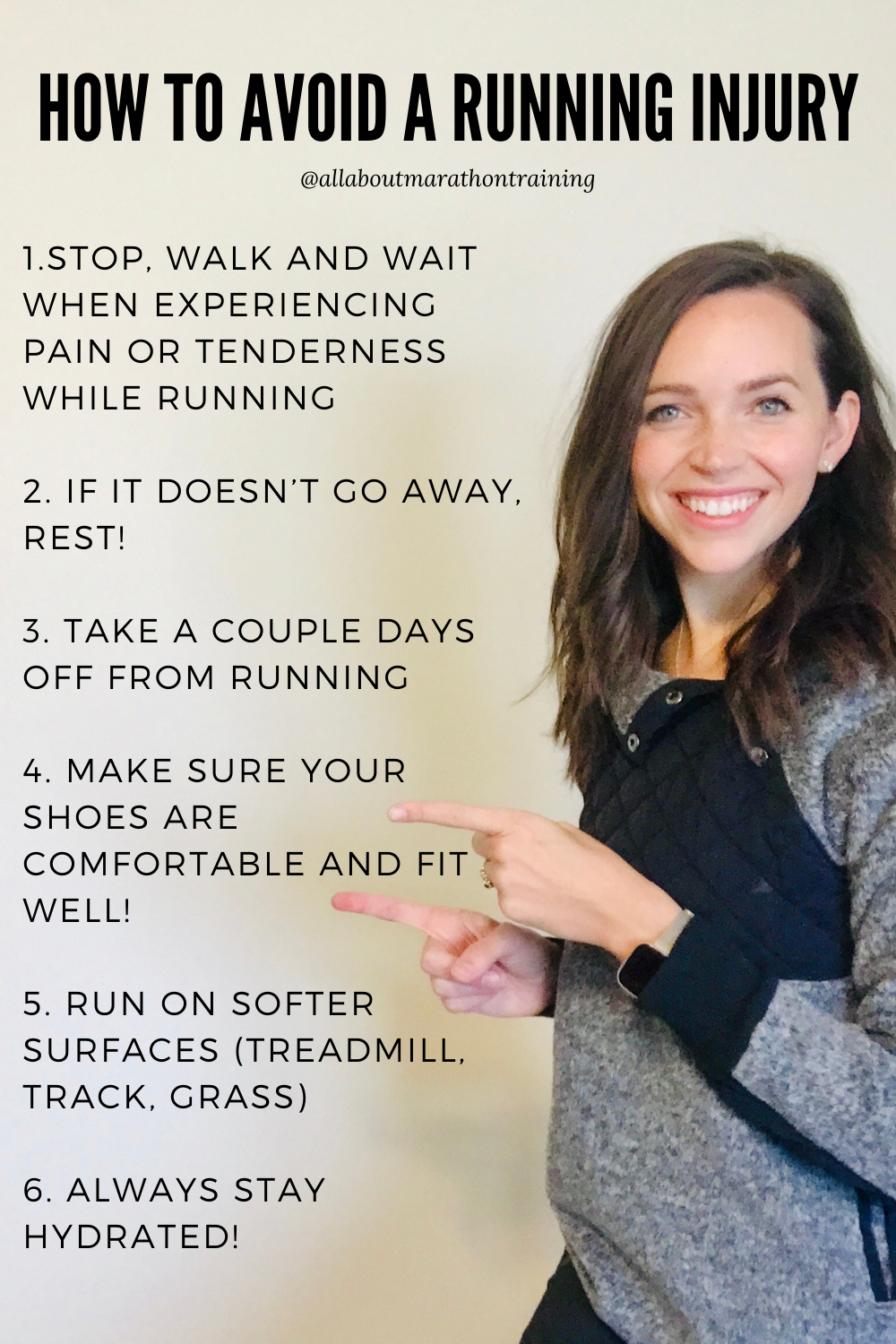

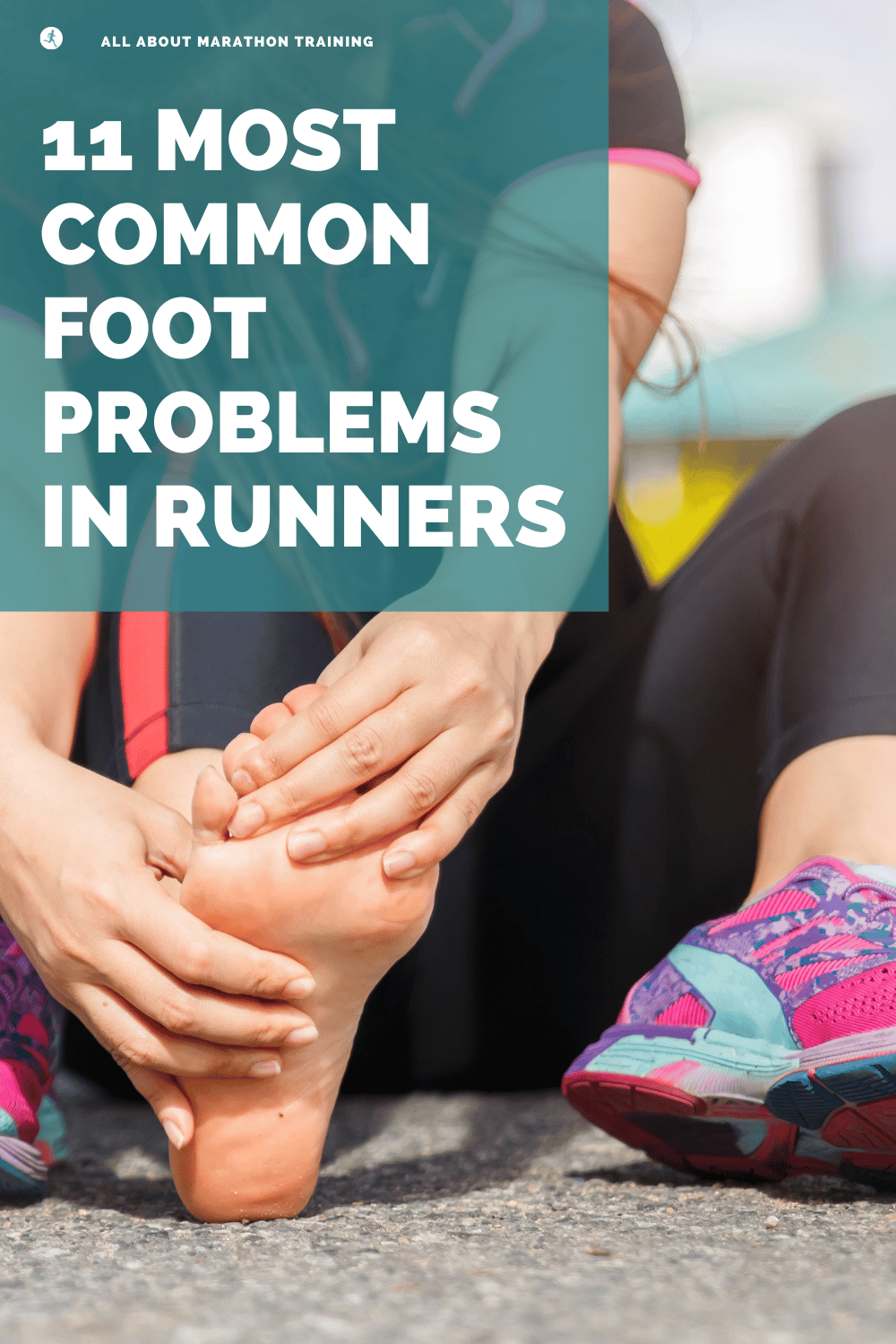

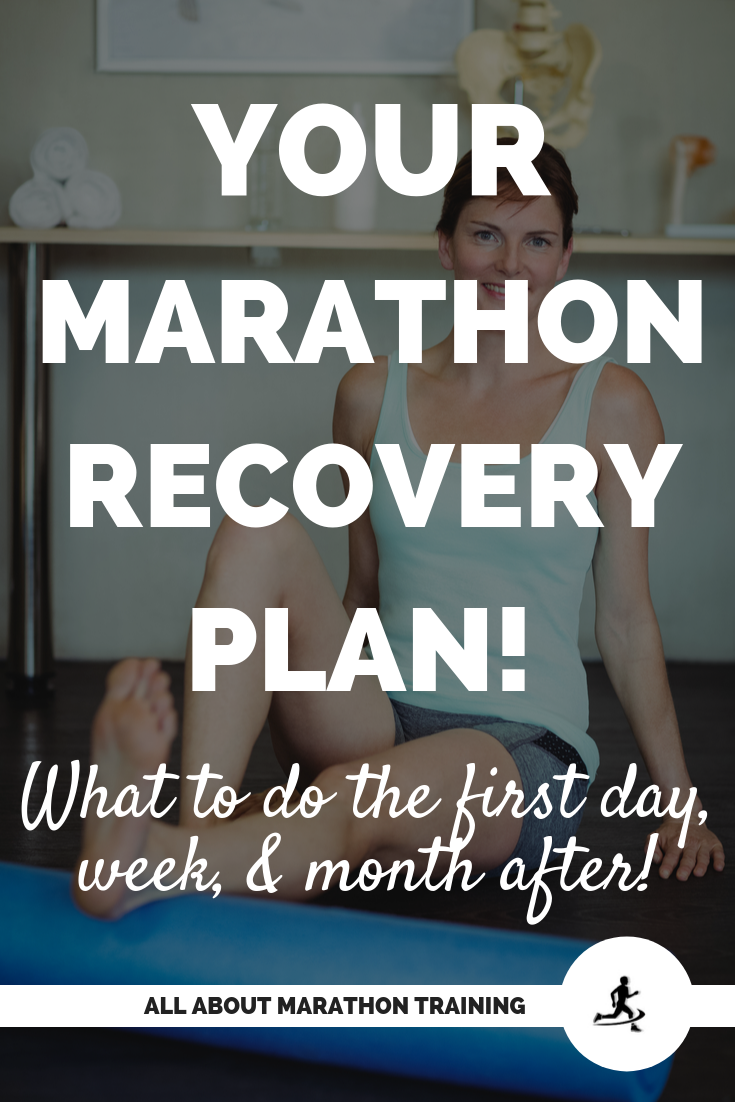

New! Comments
Have your say about what you just read! Leave me a comment in the box below.